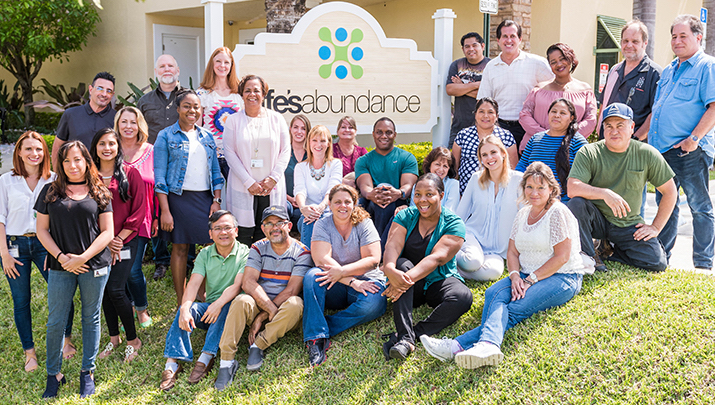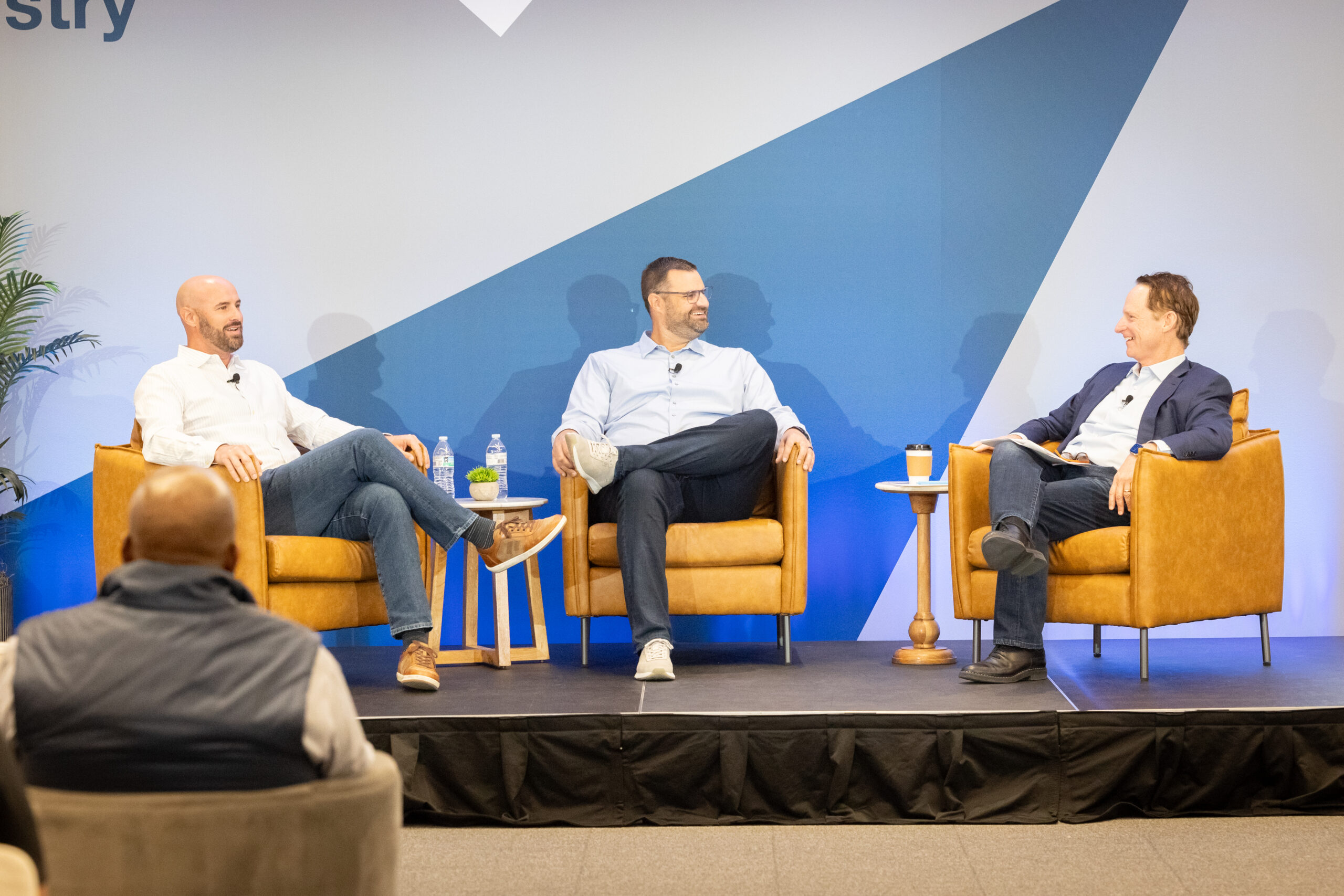

Adapting in Real Time to Our “New” Customer
- Lester Thornhill
- Life's Abundance
In late February, when news of COVID-19 began sweeping the country, I was reading everything I could find to understand what this would mean for our company. Our Evergreen® business, Life’s Abundance, produces safe and effective products for people and pets and distributes via online sales and individual distributors nationwide, and it was pretty clear to me in those early days that COVID-19 was going to change everything about the way we operate. We would have to pivot quickly because in a few weeks’ time, we were going to find ourselves in a brand-new world.
First, to support our employees in what seemed an inevitable transition to remote work, we quickly moved to get everybody set up at home so that they would have no need for the physical office—we enabled remote access, set up home office equipment, and did everything we could to think ahead to what team members would need to continue to work offsite. Our location in hurricane-prone Florida meant that we had an off-site business continuity plan established for a period of weeks. Now we were shifting to potentially be out of the office for months.
Having transitioned the team, the next step was to shift the company itself. We gathered the team virtually, and I told them, “We’ve changed how we operate as a company because you, our employees, are in a different place than you were a few weeks ago. Now we have to do the same thing for our customers. All of the projects we were working on before this, those were for a different customer. That was a different era. Now, today, we are serving customers whose reality—like ours—has changed. Our focus now needs to be to change everything we do to be of service and of value to this new customer if we want to survive.”
In that moment, we were jumping off a cliff. This was not like prior economic slow-downs. It was a sudden, artificial shut-down, which also changed daily life profoundly, and we had to reprioritize and rethink everything. Our priority now was to tackle projects we could get done quickly, for the benefit of customers.
An early example of this shift was the change in autoship subscriptions in pet food orders—an option allowing customers to be automatically billed for regular shipments of pet food. We saw customers begin to cancel autoships, and we knew we needed to address the issue. First, with empathy, we considered the issue from this new customer’s perspective: facing an uncertain financial future, cancelling subscriptions like this is something that allows a customer to feel they are taking a step to cut expenses. But the reality is that their pets still require food on a regular basis, and the savings they may see in purchasing less expensive food in the short term is not going to be significant.
With that in mind, we drafted text to share how customers could keep their subscription with us and still save some money. For instance, if they were to purchase a larger volume every two months, they would save on monthly shipping and get the discount that’s offered for larger quantities. By inserting that simple note on the order page that would pop up before they clicked “cancel subscription,” we were able to retain roughly 10 autoship customers a day. Now, in our normal operating mode, that change would have taken weeks because we would have gone through various text edits, customized the site to offer auto-calculations, and made other tweaks over time. But in this case, we wrote the explanation and added it to the page in one day, benefitting from the saved business immediately and, more important, empowering customers by showing them how they could get better value.
That early effort was a clear signal that we could find success through quick, pragmatic innovations to adapt to this new customer. We saw that we would need to continue to be fast, agile, and responsive. We have continued on the path of that iterative process ever since. Our sales are up, despite the stress we know exists. Though we’re seeing more credit cards declined as we process orders, we are also attracting new customers who are purchasing pet and health products online for the first time as they shelter in place.
Continuing to learn about, understand, and have empathy for our “new” customer—those who have been purchasing products from us for years and those who have only recently found us—drives another company-wide innovation we embarked on in the wake of the pandemic. Every morning, since we transitioned to remote work, we gather the entire company for a 15-minute meeting, focused on understanding our customer and the new landscape of producing, selling, and distributing our products.
We spend this dedicated time asking questions and seeking understanding. We know we can’t rely on past data because now that people are working from home, every single pattern has changed—the call patterns, the ordering patterns, everything. This is a brand-new company, and we need to learn how to navigate and provide value.
To get the most comprehensive picture of our new customer and this novel landscape, each week I invite one or two distributors to join the meeting. I ask them, “How are you doing? How’s your family? How has COVID-19 affected you? What are you hearing from your customers?” The entire team has learned so much through this insight into customers’ patterns, concerns, and questions.
After hearing from distributors and discussing other information and feedback we’ve received in the last 24 hours, we consider, as a team, “What do we think the trends are going to be based on this information? Who else can we talk to? Who can provide guidance?” At the end of each meeting, I ask, “What did we learn today? What is noise and what do we think is a clear signal, and why?” And, from there, “What is actionable?”
We’re not always going to get it right, but we’re learning, every day, about our new customer. We’re taking steps to act on what we learn, which is allowing us to maintain and grow our business. And, the meetings allow us the opportunity to connect as a team and innovate—something I plan to continue as we move out of this current crisis period. Whatever new version of “normal” eventually emerges, I know we will have valuable lessons to carry forward about how to serve our customers.
Lester Thornhill is CEO of Life’s Abundance.
More Articles and Videos

Fireside Chat with Dave Thrasher, Dan Thrasher, and Dave Whorton
- Dave Thrasher, Dan Thrasher, & Dave Whorton
- Supportworks and Thrasher Group

Get Evergreen insight and wisdom delivered to your inbox every week
By signing up, you understand and agree that we will store, process and manage your personal information according to our Privacy Policy






